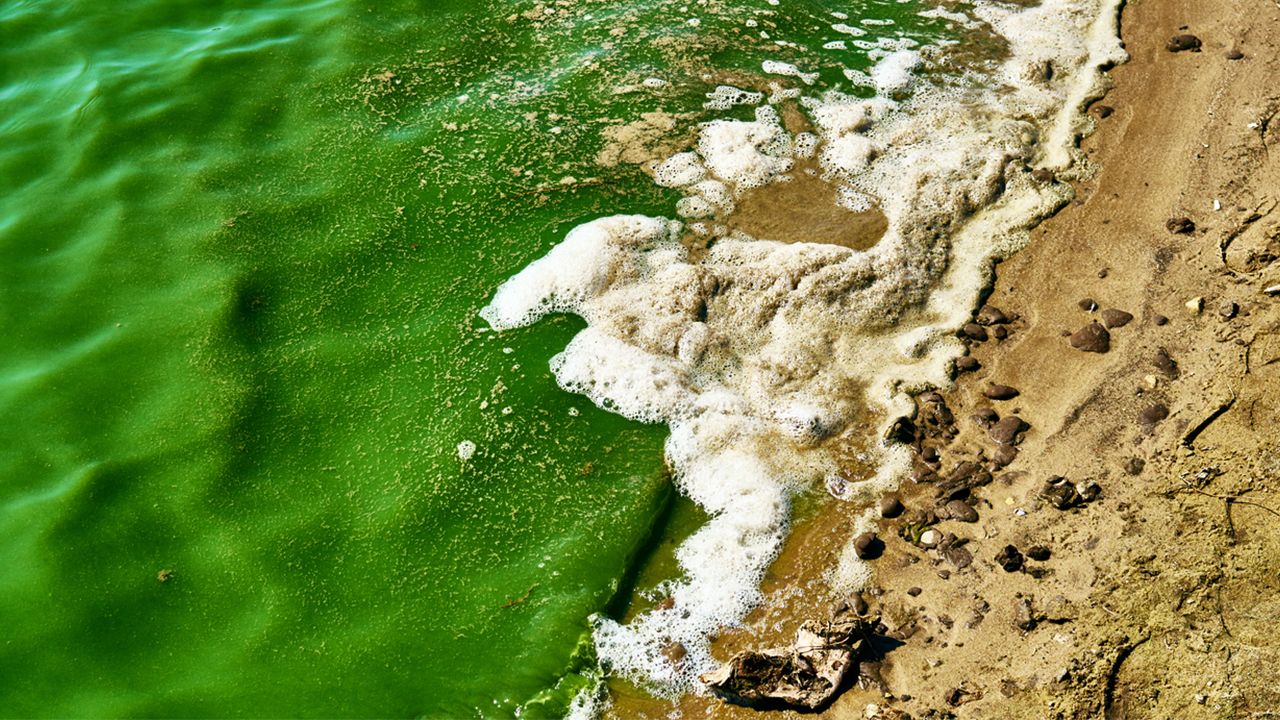A five-year, $3.2 million grant from the National Oceanic and Atmospheric Administration Monitoring and Event Response for Harmful Algae Blooms program will fund a team of researchers, led by the University of South Florida College of Marine Science, to forecast sargassum blooms and prevent them from plaguing coastal communities.
USF CMS will receive about half of the total funding amount, with the remainder awarded to collaborators at Florida Atlantic University, the Caribbean Coastal Ocean Observing System, NOAA Atlantic Oceanographic and Meteorological Laboratory and the United States Virgin Islands Department of Planning and Natural Resources.
Floating macroalgae, called sargassum, was recently reported to be forming large floating blooms that can stretch across the Atlantic Ocean, such as the 5,000-mile and 13-million-ton bloom, found in April.
Sargassum can wash ashore in the Caribbean and Florida. Once on shore, the decomposing macroalgae can emit a mixture of dangerous gases, including hydrogen sulfide, that adversely affect the environment and human health, according to a statement.













